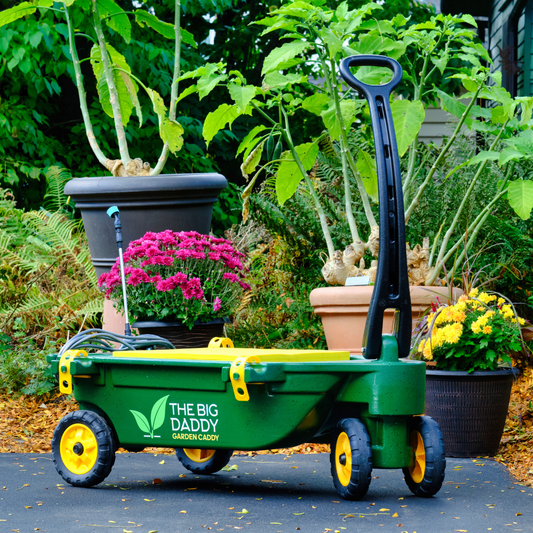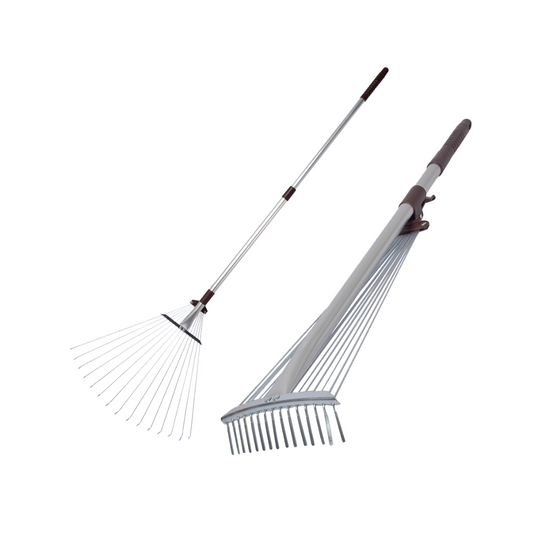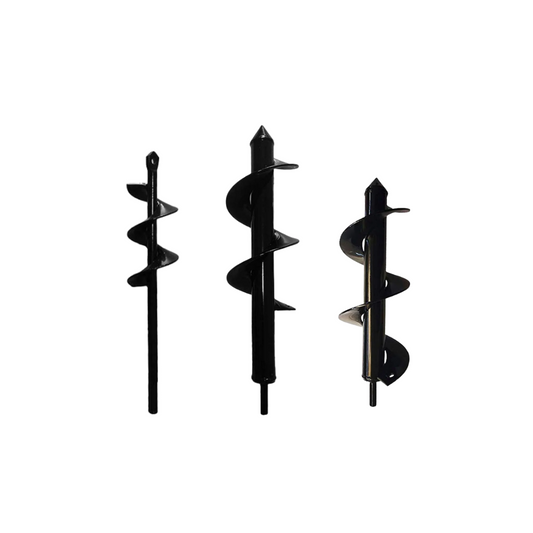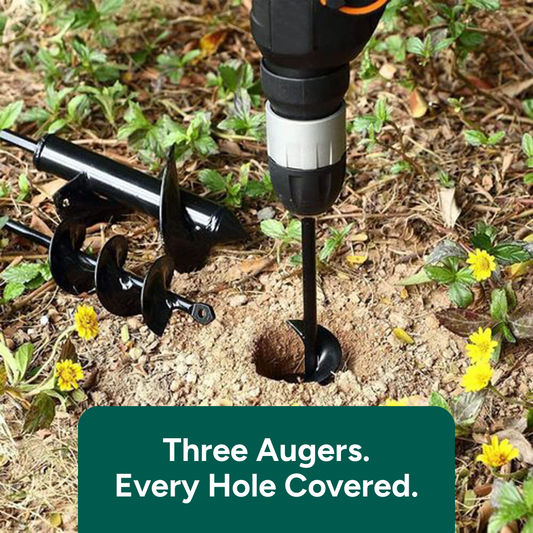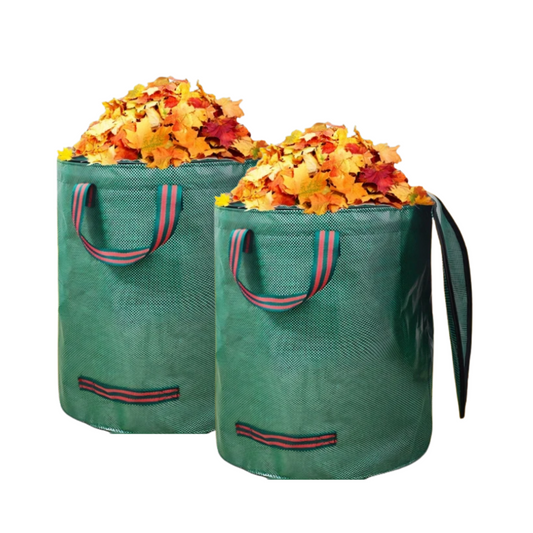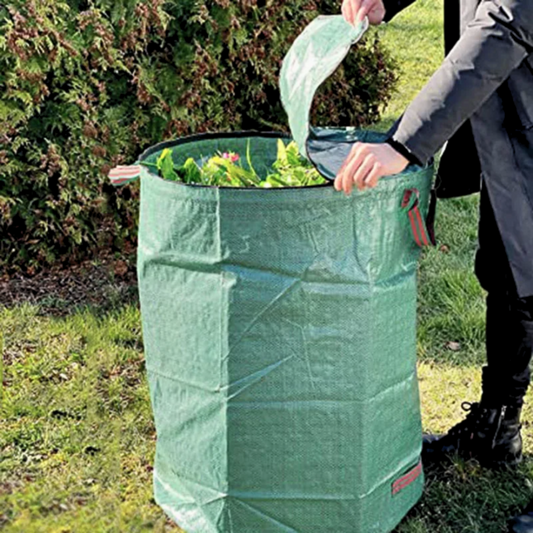
LADYBUGS: THE GUARDIANS OF THE GARDEN
LADYBUGS: THE GUARDIANS OF THE GARDEN
When most people think of garden heroes, their minds might wander to the dedicated gardener with sun-worn gloves or the perfectly balanced compost pile. But one of the most powerful protectors of your plants is barely the size of a fingernail. Enter the ladybug—nature’s vibrant, spotted guardian. With their crimson shells and delicate wings, ladybugs are not only iconic, but they also serve as one of the most beneficial insects you can invite into your garden.
Let’s explore how these tiny titans serve as powerful defenders of your plants, the incredible science behind their survival tactics, and tips for attracting them into your garden sanctuary.
Why Ladybugs Are Garden Superstars
Ladybugs, or Coccinellidae, are often considered symbols of good luck, but in the gardening world, their real superpower lies in pest control. A single adult ladybug can consume up to 50 aphids a day. Over the course of its short lifetime, that number can soar into the thousands. Aphids, mealybugs, whiteflies, and scale insects—some of the most destructive pests in a garden—are no match for a hungry ladybug.
Aphids in particular are notorious sap-suckers. They feed on plant juices, leaving behind stunted growth, curled leaves, and a trail of sticky “honeydew” that encourages mold and disease. With ladybugs on patrol, these pests don’t stand a chance.
What’s more impressive? Ladybugs begin their mission from the moment they hatch. Ladybug larvae look nothing like their spotted adult counterparts. They resemble tiny alligators—elongated with bristly bodies—and they’re just as voracious as adults. In fact, during their larval stage, they can consume even more aphids per day than mature ladybugs.
The Science of a Ladybug’s Defense
Part of what makes ladybugs effective garden guardians is their unique defense mechanisms. Their bright colors are not just for show—they’re a warning to predators: “Don’t eat me.” Ladybugs can secrete a yellow fluid from their legs when threatened, a process called “reflex bleeding.” This fluid smells foul and contains alkaloids that make them taste bitter or even toxic to birds and other insects.
This natural deterrent ensures ladybugs can go about their pest-control business with fewer interruptions. Their ability to fly also means they can travel from plant to plant and even garden to garden in search of prey. When food is plentiful, ladybugs will settle down, mate, and lay eggs—continuing the cycle of protection in your backyard ecosystem.
Ladybugs and Organic Gardening
For those committed to organic gardening, ladybugs are an essential ally. Chemical pesticides may kill harmful insects, but they often take beneficial insects down with them, disrupting the balance of the ecosystem. Ladybugs offer a natural, chemical-free way to manage pest populations without harming pollinators like bees or butterflies.
In fact, some commercial farms and greenhouses release ladybugs as part of their integrated pest management (IPM) strategies. Because ladybugs are non-toxic, they offer peace of mind for gardeners growing edible plants. No harmful residues, no environmental side effects—just clean, green pest control.
How to Attract Ladybugs to Your Garden
Creating a welcoming environment for ladybugs is simpler than you might think. Here are a few tips to help turn your garden into a ladybug haven:
-
Plant Their Favorite Flowers
Ladybugs are especially drawn to certain plants that provide nectar and pollen between meals of aphids. Herbs like dill, fennel, cilantro, and yarrow are irresistible to ladybugs. Marigolds, cosmos, and calendula are also attractive and double as pest deterrents. -
Avoid Pesticides
Even organic or natural pesticides can harm ladybugs or their larvae. The best way to support their population is by removing chemicals from your gardening routine. -
Provide Shelter
Ladybugs seek shelter during colder months and to hide from predators. Keep some leaf litter, mulch, or small ground cover plants in the garden. You can also install ladybug houses—small wooden shelters with slits—giving them a place to rest and reproduce. -
Keep Water Accessible
Like all living creatures, ladybugs need water. A shallow dish with small stones or marbles where they can land and drink helps keep them hydrated without risk of drowning. -
Buy and Release Ladybugs (If Needed)
If natural populations are low, you can purchase ladybugs from reputable garden centers. Release them at dusk or early morning near aphid-infested areas, and lightly mist the plants with water to encourage them to stay. Just remember, without food and shelter, they may fly away.
More Than Just Pest Control
Ladybugs do more than keep pests in check. They’re also an indicator of a healthy, diverse garden. Their presence signals that your garden offers a balanced environment—one that supports pollinators, deters pests, and sustains beneficial insects. This kind of biodiversity helps protect your plants from disease and weather extremes and encourages a thriving mini-ecosystem.
Plus, let’s not overlook the emotional benefit. Watching a ladybug crawl across your hand or land gently on a flower petal connects you to the wonder of nature. For children especially, they’re often a first introduction to the magic of insects—a bug that doesn’t bite or sting, one that’s gentle and almost storybook-like.
Fun Facts About Ladybugs
- Not all ladybugs are red with black spots—some are yellow, orange, or even black with red spots!
- There are over 5,000 species of ladybugs worldwide.
- Ladybugs can “play dead” when threatened, tucking in their legs and becoming motionless.
- Some cultures believe ladybugs bring good fortune and grant wishes.
In Conclusion: Respect the Spotted Warrior
Ladybugs are much more than charming insects. They are fierce defenders of the garden, natural pest controllers, and a vital part of a sustainable ecosystem. Their role goes beyond aesthetics—they are the frontline soldiers in the ongoing battle between plants and pests.
So the next time you see a ladybug on your rosebush or clover, remember: that tiny speck of red is working overtime to protect your green sanctuary. Nurture them, and they will return the favor—one aphid at a time.


